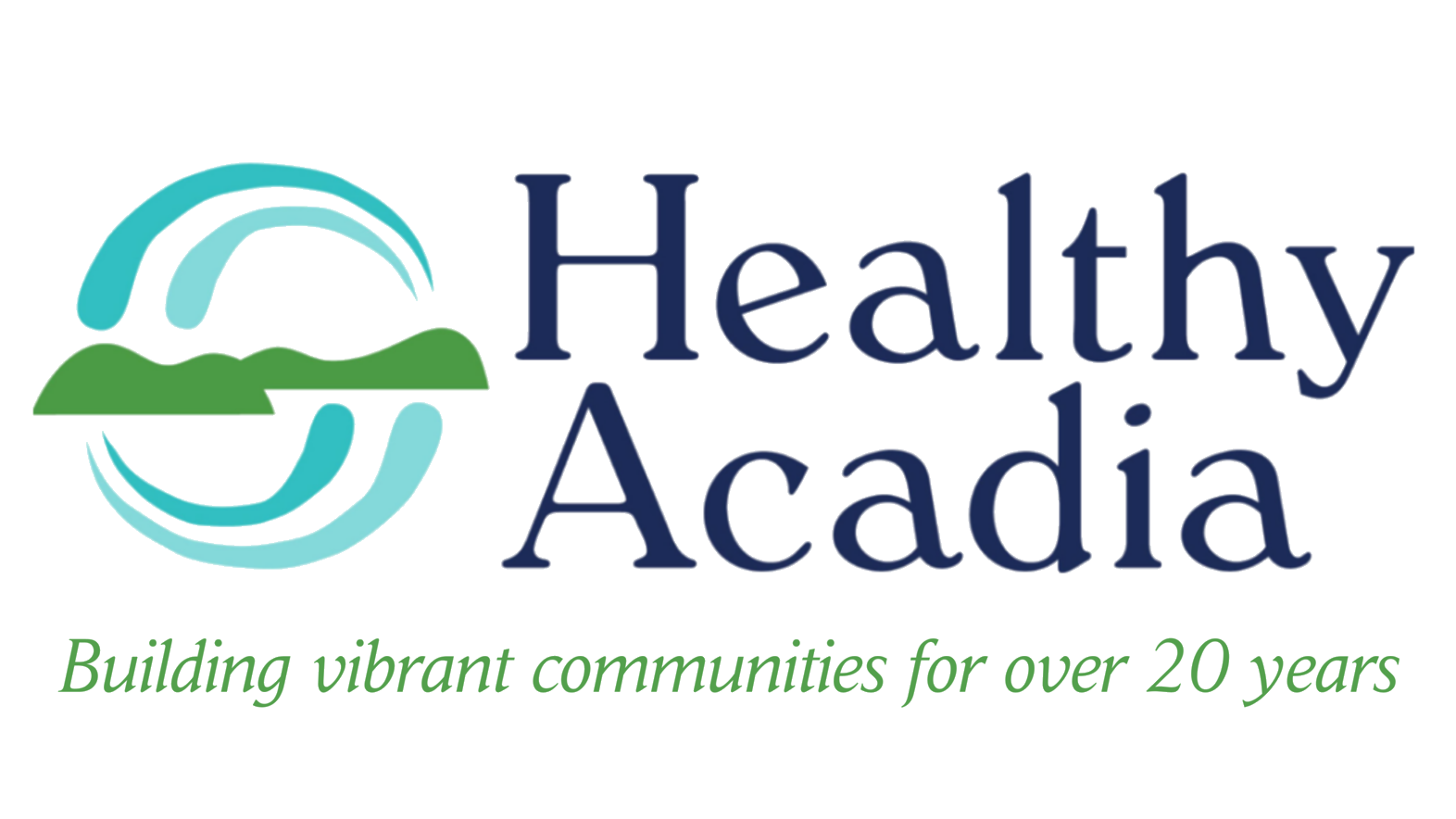DEA Agents Host Informative Zoom Session for Bar Harbor Fire Department
Contributed by Maine Recovery Core Interns Kim McClure and Chelsey McBreairty, and Bill Buehner, Maine Recovery Core Intern Advisor and Recovery Coach
DEA Agents Host Informative Zoom Session for Bar Harbor Fire Department
On Monday, May 18, 2024, the Bar Harbor Fire Department connected with Drug Enforcement Agency (DEA) staff via Zoom for a detailed discussion on various street drugs and their impact on the local community. The session provided crucial insights for those interested in understanding the landscape of illicit drugs, their effects, and the ongoing challenges in combating their use.
Understanding Street Drugs and Their Effects
The agents began by discussing common street drugs like Cocaine, Crack Cocaine, Heroin, and Methamphetamine, and introduced newer substances entering the illicit market such as Xylazine, Fentanyl, and Ketamine. They detailed how long the highs from these drugs last and their associated costs. For instance, Cocaine produces a high lasting 5 to 20 minutes, leading users to continually seek more. This drug, which can be snorted or injected, costs around $100 per gram and is known by various street names like Coke, Powder, Blow, and Snow.
A single gram of cocaine, typically stored in small baggies, can be cleverly concealed in everyday items such as the visor of a baseball cap or the small change pocket of blue jeans. The agents shared a recent case where $17,000 worth of cocaine was discovered hidden in the side of a vehicle's passenger door frame. They emphasized that despite numerous concealment methods, the DEA has developed ways to detect them all.
The Rising Threat of Fentanyl and Carfentanyl
A major concern highlighted during the discussion was Fentanyl, a potent drug often mixed with others to enhance their effects. While a user may tolerate a certain dose of a pure drug, the addition of Fentanyl can be fatal. The agents noted that drug dealers prioritize profit over safety, indifferent to the deadly consequences for consumers. Alarmingly, Fentanyl is undetectable without specific devices, making it a silent killer in many drug mixtures.
An even more dangerous substance, Carfentanyl, was also discussed. The agents illustrated its lethality by showing a photo of a penny with a lethal dose of Carfentanyl, which is significantly smaller than that of Fentanyl. The potency of these drugs has led to numerous fatalities, highlighting the urgent need for awareness and caution.
Counterfeit Pills and Their Dangers
The session also covered the issue of counterfeit pills, particularly those made to resemble oxycodone but containing Fentanyl. These fake pills have the same markings as real ones but can cause sudden death by affecting the involuntary nervous system. The agents stressed the importance of recognizing these counterfeit pills, which pose a significant risk to users.
History and Risks of Fentanyl
Originally developed to sedate large animals, Fentanyl's use in humans is particularly dangerous. A dose meant for an 8,000-pound elephant can easily kill a human, underscoring the lethal risk associated with this drug.
The Role of Naloxone and Its Limitations
Naloxone, an opioid-reversing agent, was discussed as a crucial tool in combating overdoses. However, its effects are temporary, lasting 30 to 90 minutes, and it does not work on non-opioid drugs like Xylazine. Therefore, immediate medical intervention is necessary even after administering Naloxone to ensure the individual's safety, as the original opioid can reattach to receptors and cause another overdose.
Dismantling Methamphetamine Labs
The agents shared their experiences from Quantico, where they learned to disassemble methamphetamine labs. These labs pose significant dangers due to the explosive chemicals involved. The agents noted that containers like Vitamin Water bottles are commonly used because of their durability, and small travel suitcases have been found to store portable methamphetamine labs.
Recognizing Signs of Drug Use
One unmistakable sign of drug use is the abnormal size of a person's pupils. Drugs like Heroin cause pinpoint pupils, while Methamphetamine and Cocaine cause excessive dilation. Users may wear sunglasses to conceal these changes. Additionally, orange plastic syringe tips found in public areas can indicate local drug use and pose a risk, especially in places like parks where children play.
Advanced Detection Tools
The agents discussed the Thermo Scientific TruNarc, a laser tool used to detect drugs without opening their packaging. Despite its high cost of $40,000, it's a valuable asset in identifying drug compositions and ensuring safety.
Conclusion
The session concluded with a discussion on the slang associated with street drugs, directing attendees to resources like Urban Dictionary for further understanding. This informative session underscored the critical need for community awareness and vigilance in combating the dangers of illicit drugs.
